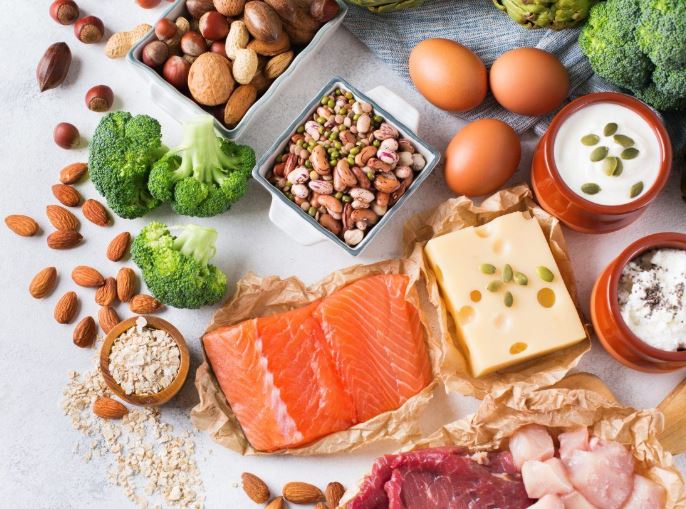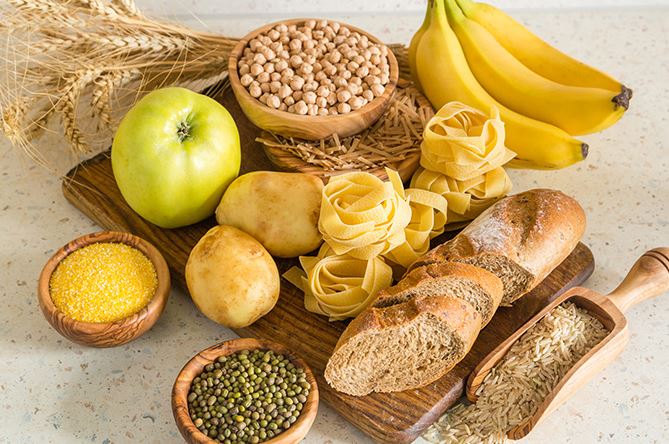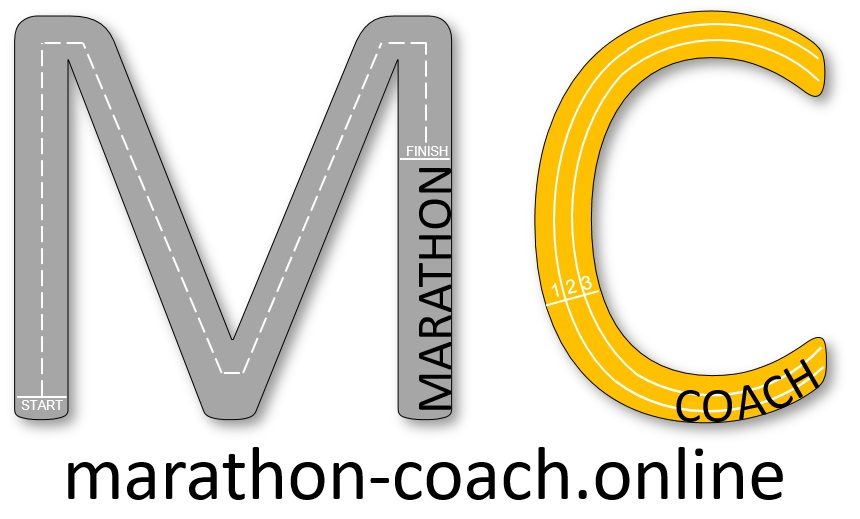Introduction
The marathon performance depends on the fitness of the runner, as well as the available muscle energy stores throughout the race. Unfortunately as runners, we don’t have enough water or energy stored in the body to endure a full marathon. Therefore, the Scandinavian Dissociated Diet will ensure you get the storage of Carbohydrate full for your big races. So, it is necessary to top up food and water stores during the race, in order to maintain the same pace, preventing a slower pace / hitting the wall.
The Scandinavian dissociated diet can be used to ensure the energy stores are optimized before a marathon. Firstly, this diet is based on a high fat/protein diet during 3 days to deplete the glycogen stores. Then high glycogen diet for 3 days to fill the glycogen stores before the race.
In order to run a good marathon, it is essential during the week before, that we reduce training, get plenty of sleep and follow a good diet (such as this one).
For best results, this diet should only be done once or twice a year and for races between 19 and 30 miles (30 and 50 km).

History
Initially, Auguste Chauveau, a French biologist during the nineteenth century, was the first to measure the impact of carbohydrate (sugar) reserves within the muscles to transform them into motor energy during the effort. Its reserves, also called glycogen stores, formed by glucose molecules, are filled with a diet rich in carbohydrates and sit in 2 places of the body:
– Muscle tissues (muscle glycogen)
– The liver (hepatic glycogen)
These 2 energy stores deliver their precious load by droplets to maintain the blood glucose (blood sugar level) at a satisfactory level to allow energy cells (mitochondria) and the brain to perform its function.
Christensen and Hansen study
Subsequently, during the late 1960’s, Scandinavian researchers tested this diet on cross-country skiers, accustomed to prolonged efforts. Two Scandinavian scientists (Christensen and Hansen) increased the research and noticed that an additional contribution of slow sugars during the last 3 days before the competition allowed a surplus of energy and multiplied by 2 endurance of their guinea pig.
Bergström study
Finally, it is with another method of observation, the “biopsy” (microscopic sample of muscle cells) that Bergström in 1962 had the idea to observe the reaction of a muscle solicited by an exhausting effort on an athlete and to which the following 3 days, in a state of rest, was administered a high-glucidic diet. The level of glycogen then increased dramatically.
The final protocol chosen for optimal overcompensation was further modified to give an interesting result that applies to the 6 days preceding a competition.
Thanks to a diet rich in carbohydrates, Scandinavian athletes won in the 50’s and 60’s a number of victories in long-distance events, including cross-country skiing.
Ron Hill
Above all, the overwhelming victory of Ron Hill in the Athens marathon of the 1969 European Championships was to make known the revolutionary food preparation at the time: the Scandinavian dissociated diet.
Conclusion
In conclusion, Scandinavian studies have shown that the level of muscle glycogen is dependent on the level of carbohydrate intake. In a subject usually receiving 50% carbohydrate, increasing this intake to 70% for 3 days doubles muscle glycogen concentration. As a result, the working time at 75% VO² Max increases from 114 minutes to 167 minutes!
The 2 phases of the Scandinavian dissociated diet:
– Phase 1 : HYPOGLUCIDIC

Firstly, from Monday to Wednesday – hypoglucidic (10 to 20% of carbohydrates) – high protein (30 to 35%) – hyperlipidic (50 to 55%) – The water ration must be important: 2 liters of water between meals. – Intense training is associated with 80% VO² Max for over an hour on the first day.
– > This is intended to deplete muscle glycogen stores. This is the low carbohydrate phase!
Foods to take during phase 1 (limited during phase 2):
– Meat, ham, sausages
– Fish, shellfish
– Eggs
– Butter, margarine, vegetal oils
– Unsweetened cheeses and yogurts
Foods allowed during phase 1 (in small quantities):
– Asparagus
– Celery
– Mushrooms
– Green beans
– Lettuce
– Spinach
– Eggplant
– Radish
– Cabbage (except Brussels sprouts)
– Tomatoes
– Phase 2 : HYPERGLUCIDIC

Secondly, from Thursday to Saturday (the most important day is Friday, ensure you keep the food intake normal on Saturday)
– carbohydrate diet (70 to 80%)
– proteins (12 to 15%)
– lipids (8 to 15%)
During these 3 days, ensure you put a pinch of salt to each meal, to ensure your body will retain the water.
We continue to drink much : 2 liters of water between meals.
– > You have to train a lot less to optimize the saturation of the glycogen reserves. This is the hyperglucidic phase!
Slow carbohydrates to take during phase 2:
– Pasta, rice, bread, oats, corn
– Potatoes
– Fresh fruits and dried fruits (to be excluded Friday / Saturday)
– Energy drink – Poultry without skin or ham
– Tuna
– Light Dairy
For example, there is the great receipt of Marathon Bolognese by Shalane Flanagan and Elyse Kopechy in their book Eat Slow, Run Fast.
Foods to avoid during the 2 phases to detoxify the body
– Dried peas, chickpeas, lentils and white beans
– Avocado
– Milk (contains lactose)
– Sauce
– Cakes
– Ice cream
– Peanuts, Walnuts and almonds
– Lasagna, pizza
– Flan
Conclusion
In conclusion, I always use the full Scandinavian Dissociated Diet the week before my main marathons (twice a year). As a result, it is part of my pre-marathon agenda, and allow me to concentrate on the objective.
References:
http://www.nutri-site.com/dossiers/regime-dissoc_complet.htm
https://www.nicolas-aubineau.com/en/modified-dissociated-diet/
http://www.diet-sport-coach.com/pages/content/info-sante-dieteitqu/alimentation-de-j-6-au-depart.html
